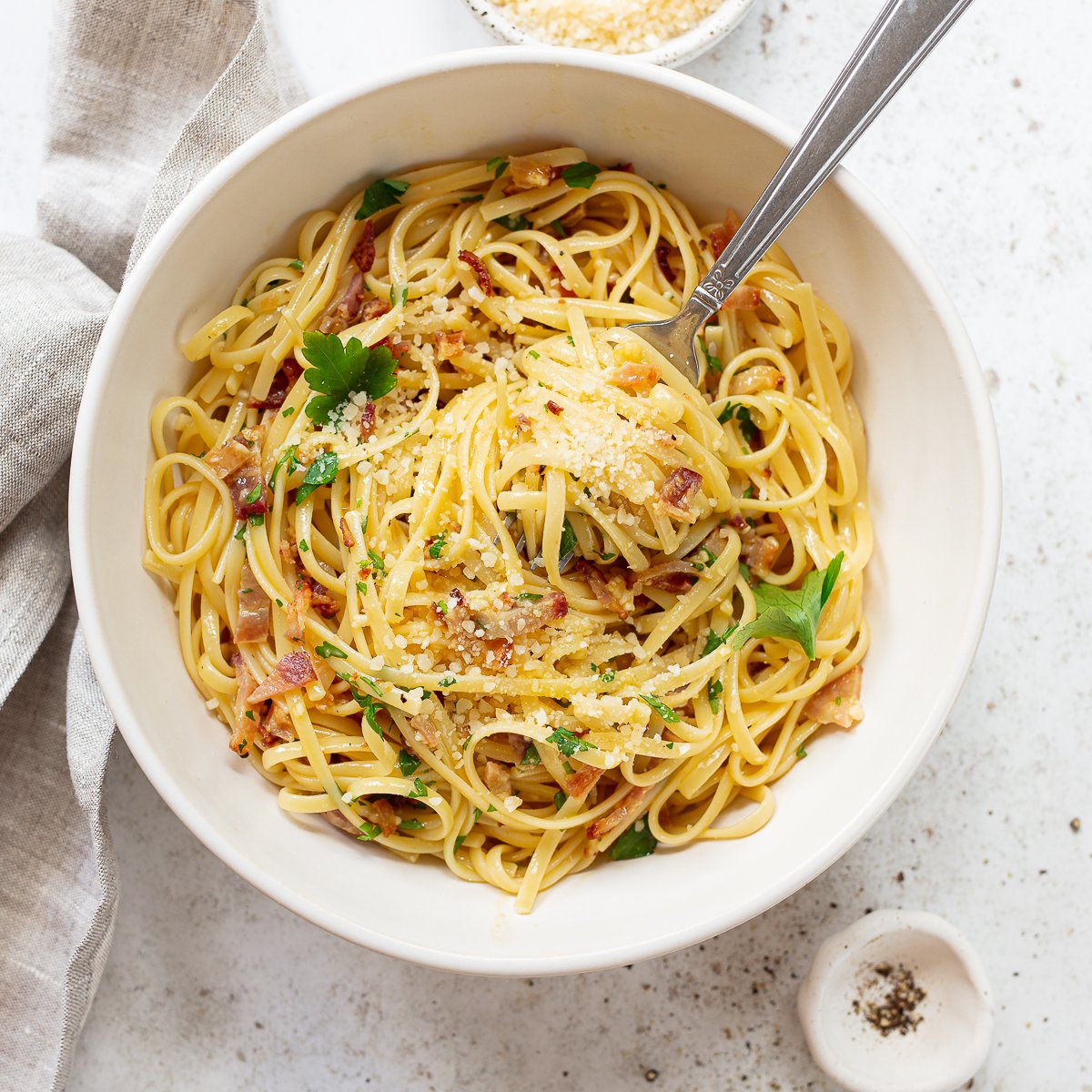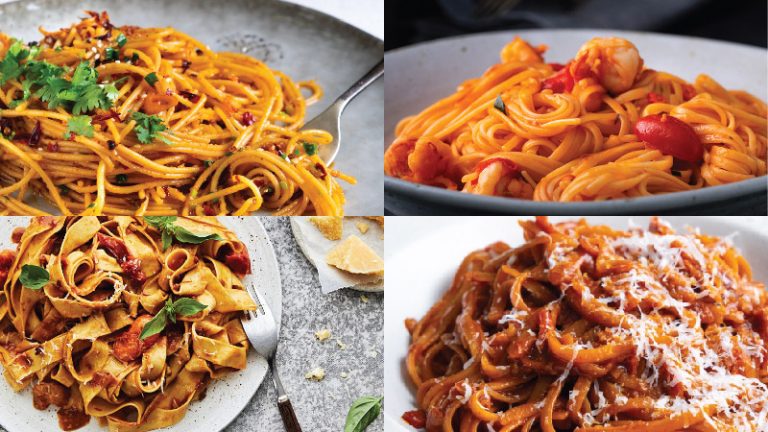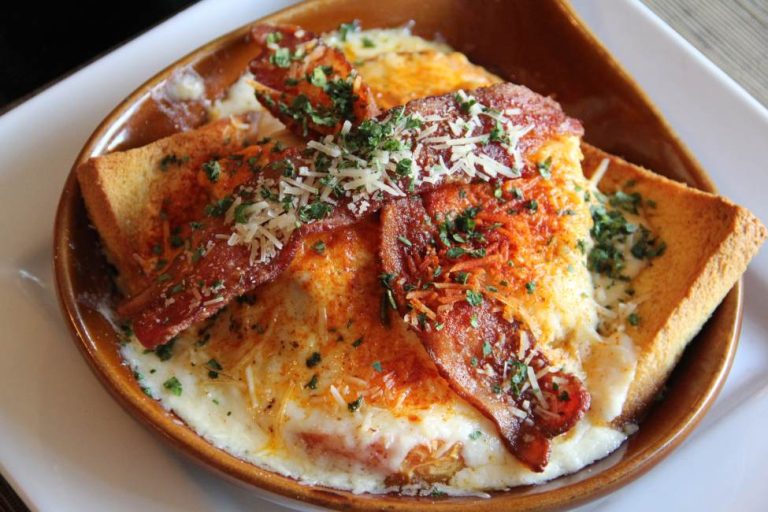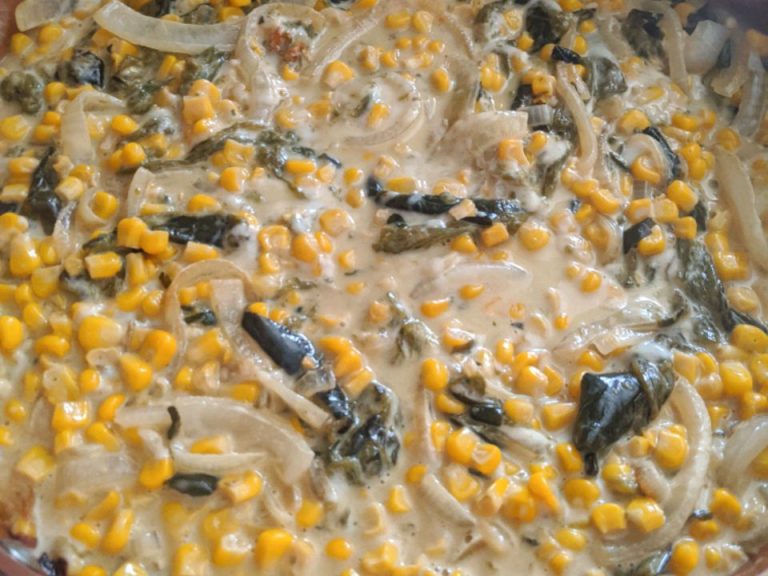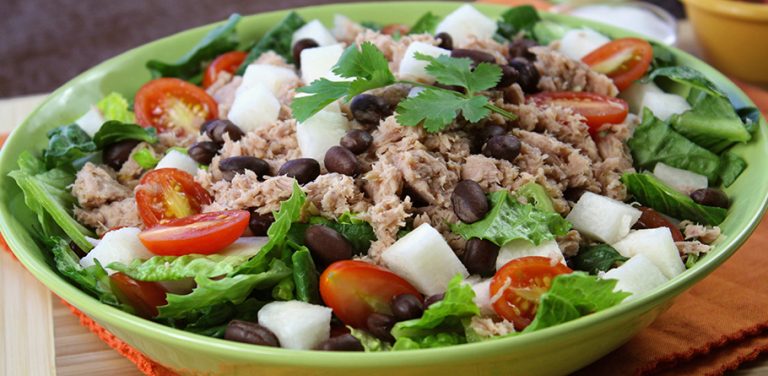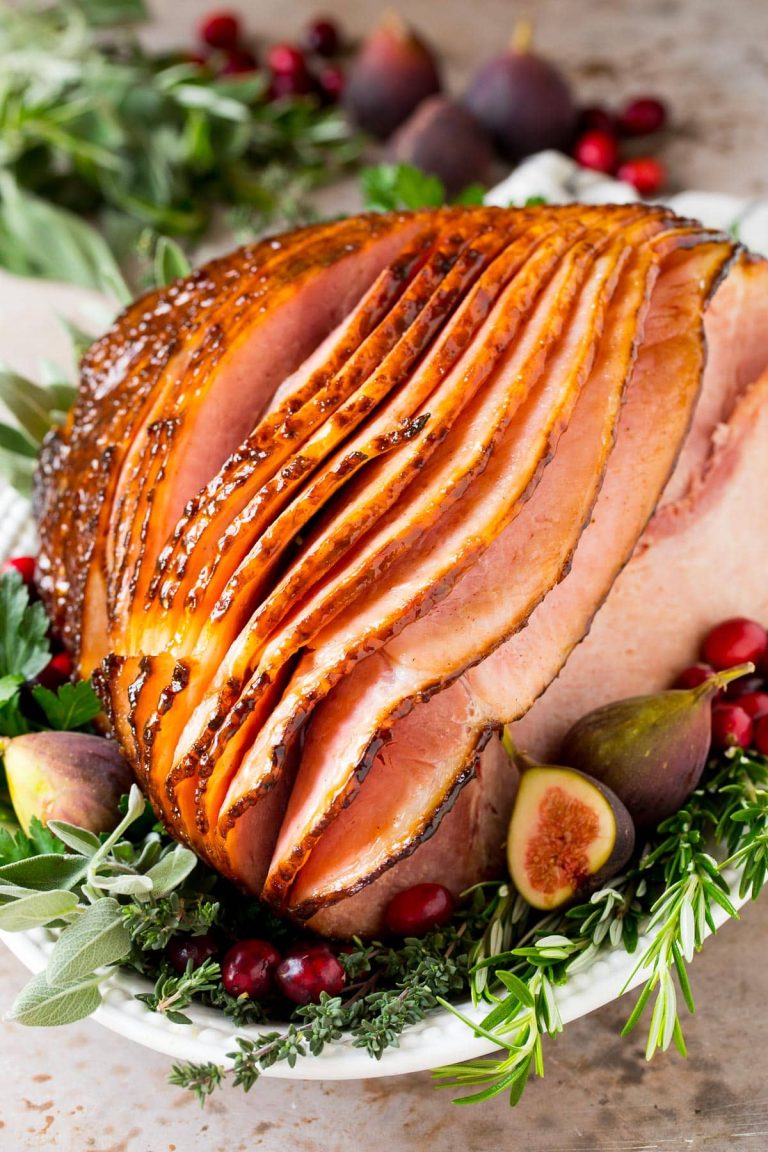Fettuccini Carbonara: Tips, Origins, and Recipe Essentials
Fettuccini Carbonara has roots in Italian cuisine, particularly in Rome. Traditionally, this dish emerged during World War II when resourceful Italian cooks combined readily available ingredients to create a satisfying meal. Although precise origins remain debated, it’s widely recognized that American GIs brought bacon and eggs to Italy, influencing Carbonara’s evolution. Today, it’s a staple in Italian households and renowned restaurants.
Key Ingredients
Fettuccini Carbonara relies on a few essential ingredients for its distinct flavor. The primary components include:
- Fettuccini Pasta: Acts as the foundation, offering a broad surface for the sauce to cling to.
- Egg Yolks: Provide richness and a creamy texture when combined with other ingredients.
- Pancetta or Guanciale: Delivers savory, slightly salty notes which complement the sauce.
- Parmesan Cheese: Adds umami and enhances the overall depth of flavor.
- Black Pepper: Offers a contrasting spice that balances the dish’s creaminess.
These ingredients blend harmoniously to create a classic culinary experience you won’t forget.
How to Make Fettuccini Carbonara
Necessary Tools and Equipment
For making Fettuccini Carbonara, ensure you have the following tools and equipment:
- Large Pot: Use it for boiling the fettuccini pasta.
- Large Skillet: Use it for cooking pancetta or guanciale.
- Mixing Bowl: Use it to whisk egg yolks and cheese.
- Tongs: Use them to handle pasta efficiently.
- Ladle: Use it to add reserved pasta water.
- Fine Grater: Use it to grate Parmesan cheese.
- Measuring Cups and Spoons: Use them for precise ingredient quantities.
- Boil Pasta: Fill the large pot with water and bring it to a rolling boil. Add a generous amount of salt. Cook the fettuccini pasta until al dente, usually 8-10 minutes. Reserve 1 cup of pasta water before draining.
- Cook Pancetta or Guanciale: While the pasta cooks, heat the large skillet over medium heat. Add diced pancetta or guanciale. Cook until crispy, rendering the fat, for about 5-7 minutes. Remove from heat when cooked.
- Prepare Egg Mixture: In the mixing bowl, combine egg yolks and grated Parmesan cheese. Mix until smooth, creating a creamy egg mixture.
- Combine Ingredients: Return the skillet with pancetta or guanciale to low heat. Add the drained fettuccini pasta. Pour the egg mixture over the pasta, tossing quickly with tongs. Gradually add reserved pasta water, a ladle at a time, to achieve a creamy consistency.
- Season and Serve: Season with freshly cracked black pepper. Taste and adjust if necessary. Serve immediately, garnishing with additional grated Parmesan cheese if desired.
Common Variations of Fettuccini Carbonara
Regional Twists
Regional twists on Fettuccini Carbonara highlight local ingredients and culinary traditions. In Italy’s northern regions, cooks might incorporate heavy cream to achieve a richer texture. Southern Italian versions often use Pecorino Romano instead of Parmesan for sharper flavor. In Sicily, you may encounter Carbonara with artichokes or zucchini for added complexity. Each region introduces unique elements while maintaining the essence of the classic dish.
Dietary Modifications
Dietary modifications adapt Fettuccini Carbonara to various dietary needs. Gluten-free versions use gluten-free fettuccini made from rice or quinoa. For a dairy-free option, replace cheese with nutritional yeast and use plant-based cream. Vegetarians can substitute pancetta or guanciale with mushrooms, smoked tofu, or tempeh. These modifications ensure you can enjoy the flavors of Carbonara without compromising dietary restrictions.
Tips for Perfect Fettuccini Carbonara
Quality of Ingredients
Select the freshest, highest-quality ingredients for the best results. Use fresh egg yolks for rich flavor and creamy texture. Opt for pancetta or guanciale over bacon, as they offer authentic taste. Choose Parmigiano-Reggiano or Pecorino Romano; these cheeses provide a sharp, tangy flavor. Always use freshly cracked black pepper, as it enhances the dish’s depth.
Cooking Techniques
Cook the pasta to al dente for optimal texture. Ensure the water is generously salted before adding pasta. Sauté pancetta or guanciale over medium heat until crisp for best texture and flavor. Combine egg yolks and cheese in a bowl, then add hot pasta and cooking water to create a creamy sauce without scrambling the eggs. Stir constantly off heat to maintain a smooth and velvety consistency.
Conclusion
Mastering Fettuccini Carbonara is all about attention to detail and quality ingredients. By using fresh egg yolks, authentic pancetta or guanciale, and premium cheeses like Parmigiano-Reggiano or Pecorino Romano, you’ll elevate the dish to new heights. Remember to cook your pasta al dente and combine the ingredients off heat to achieve that perfect creamy texture. With these tips in mind, you’re well on your way to creating a delicious and authentic Fettuccini Carbonara that will impress any palate. Enjoy the rich flavors and satisfying creaminess of this classic Italian dish!
